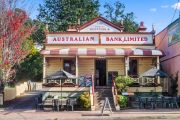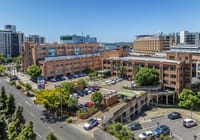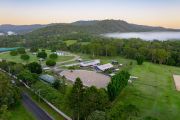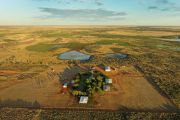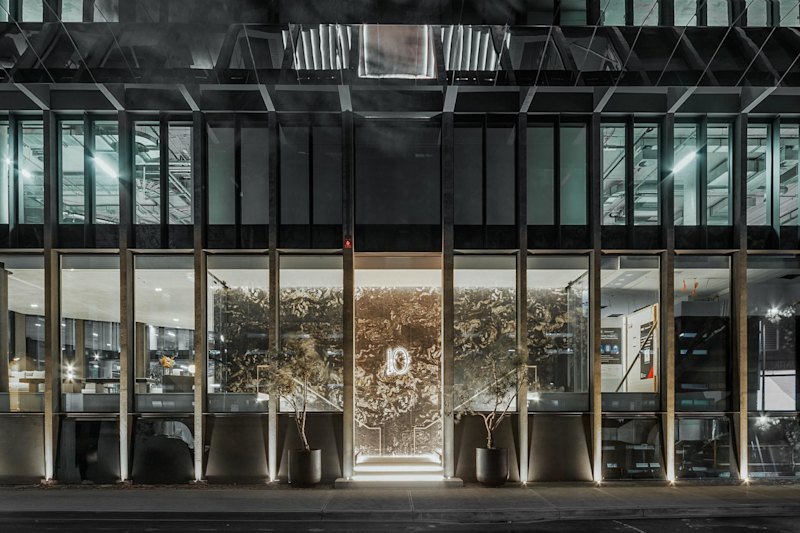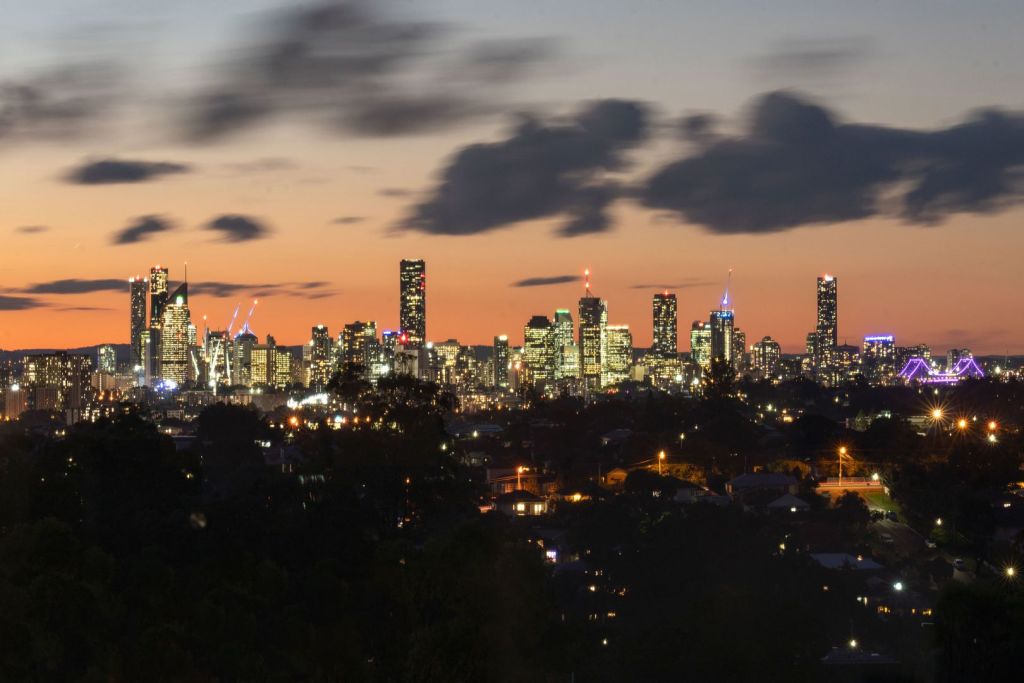
The commercial property winners of 2022
Commercial property deals slowed in the second half of 2022, with investor confidence undoubtedly shaken by successive interest rate rises.
“The higher cost of debt is causing pricing to soften across most commercial property sectors,” said Tom Brockerick, the head of Capital Markets Research at CBRE.
“A lack of conviction amongst buyers and vendors has caused volumes to drop in recent months, which is making it difficult to understand the full impact on pricing.”
However, some sectors have proved resilient and continued to perform strongly even against the challenging and uncertain economic backdrop.
Industrial
The golden child of the commercial property market for several years, the industrial and logistics sector is still the hottest property asset in the country.
The national industrial vacancy rate has hovered below 1 per cent all year, according to CBRE figures, making Australia the tightest industrial rental market in the world.
And it’s set to stay that way, given the delivery of new industrial space has been hampered by construction delays and rising costs.
“Despite the likely softening in yields, the industrial and logistics sector has probably been the most resilient given the rental growth story,” Broderick said.
Industrial rents have been on the upwards march for a while, driven by high demand and low vacancy. In Sydney, super prime rents have shot up by a massive 30 per cent in the past year, Broderick said.
“With that level of market rental growth, yields could soften by 100 basis points, and overall capital value would still be maintained,” he said.
Major deals in 2022 include the recent $130 million sale of a 53.6-hectare site in Melbourne’s south-east.
Hotels
The flow of capital into the pub sector has been staggering in recent years, and 2022 is expected to take the cake.
Pub broker HTL Property has forecast total sales volume to reach $2.2 billion this calendar year.
HTL Property’s Andrew Jolliffe said pubs had enjoyed years of “elongated interest”.
“There is only so many of them, and they are highly regulated,” he said at a Ray White Commercial event in late November. “When any asset class has that, it’s well positioned to be heavily sought after.”
Many local watering holes have reinvented themselves as dining destinations, appealing to an even broader section of the community.
The majority of recent deals have been struck in NSW and south-east Queensland, leading property experts to wonder if the other states will follow suit next year and beyond.
High sales transactions are the result of dozens of veteran publicans making the decision to sell and take advantage of rising values.
“We’ve seen different types of capital coming into the market from traditional and longstanding families to corporate money,” Jolliffe said.
The Laundy family have notably continued to grow their pub portfolio, with a particular focus on the regions. Hospitality mogul Justin Hemmes and property tycoon Sam Arnaout have also been active in the pub sector.
The largest metropolitan pub deal of the year was the $160 million sale of the Crossroads Hotel in Sydney’s Casula in April.
It’s worth noting that gaming machines can play a significant role in sale prices. In NSW, the value of each poker machine licence in a pub has more than doubled in recent years, now worth an estimated $650,000.
Medical
The demand for medical real estate has yet to slow down, according to Ray White Commercial’s head of research Vanessa Rader.
“It’s very hard for a lot of occupiers to find good quality assets that can be used as a medical building,” she said, with strong demand putting upward pressure on rents.
“There’s a finite number of assets in this space.”
Practitioners such as GPs or dentists often prefer to purchase property rather than rent. Other investors include mum-and-dad investors, syndicates and major real estate trusts.
Medical real estate is expected to perform well for years to come, given the country’s growing and ageing population, as well as the growth of specialised health services such as cosmetics.
“Often secured by long leases with fixed increases, these assets are kept to a high standard given their medical use, which is attractive to the investor looking for a secure, growing income stream,” Rader said.
JLL estimates that the value of the private hospital sector could grow by 63 per cent to be worth $41 billion in 2041.
Childcare
Underpinned by high occupancy, long leases and bipartisan government support, the childcare sector has remained an attractive asset class throughout 2022.
Even after consecutive rate rises, commercial agency Burgess Rawson has sold more than $66 million worth of childcare centres since the start of September, on yields as low as 4.4 per cent.
The agency handles the lion’s share of early childhood centre transactions at its competitive portfolio auctions held across the capital cities.
Varying price points mean childcare centres appeal to a diverse range of buyers, from first-time private investors to large-scale syndicates.
“This is the only sector that caters to all levels of investment from as little as $1 million to $20 million,” said Natalie Couper, healthcare and childcare specialist at Burgess Rawson.
The average sale price of a brand new centre is about $6 million, she added.
Couper said the sector attracted quality tenants who have to meet stringent government requirements to be able to operate. The Department of Education and Training conducts mandatory assessments of childcare centres each year, considered by landlords as “an extra set of eyes”.
